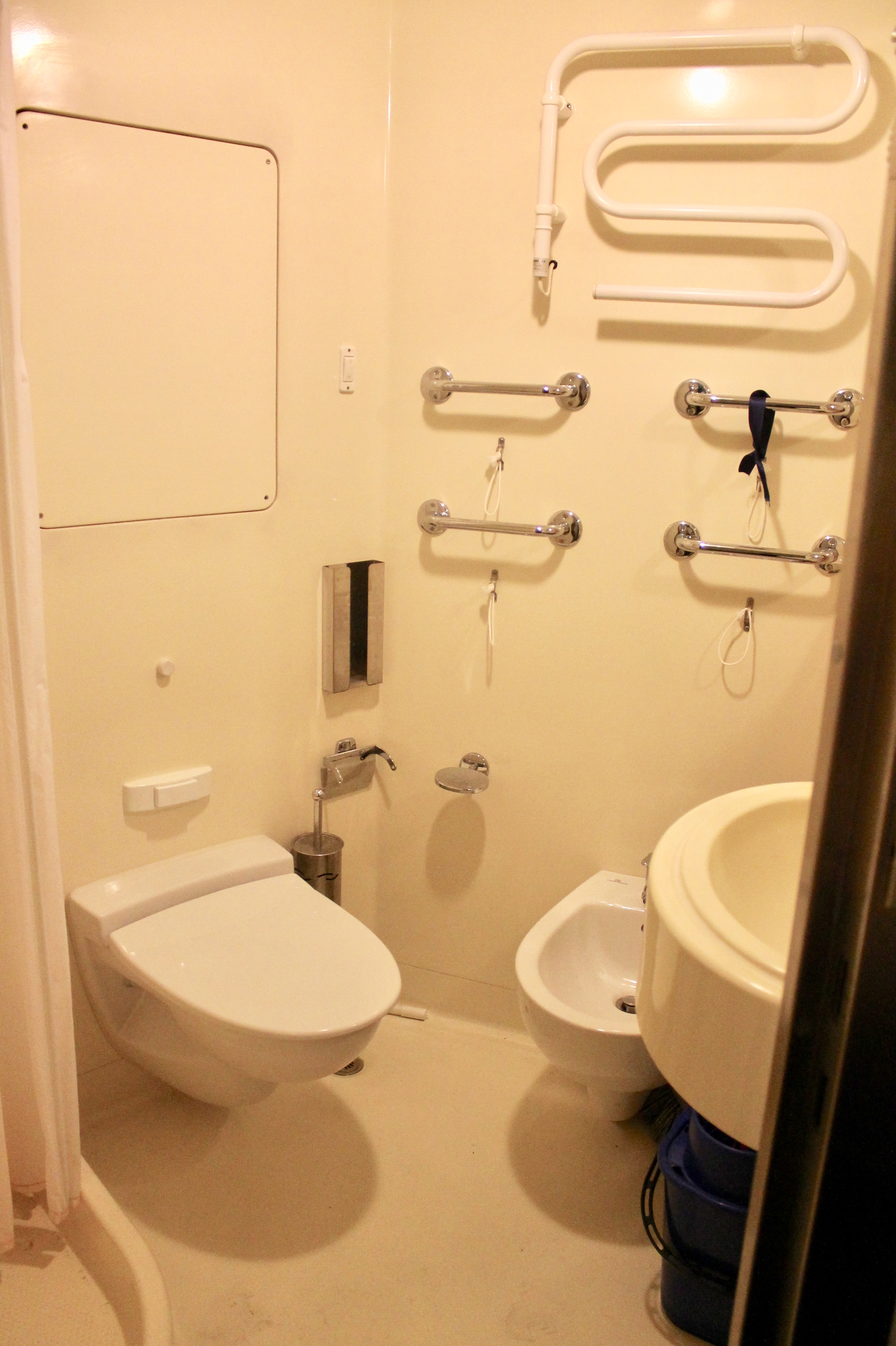QE actually had to put into port due to a crack in a thrust block on her trials - everyone on that trial was pretty much relieved they'd caught it on trial as it was a relatively easy fix but the consequences were potentially "oh crap, abandon ship" if it failed in some circumstances. Somewhere along the line the specs for the block had slipped down to an assumed 100% possible load, leaving no margin at all - so a component that was built correctly (to spec with no manufacturing defects) failed very early on in it's lifetime.
There's an overview of what these things do here if anyone's interested:
https://www.brighthubengineering.co...ngine-thrust-block-prop-shaft-and-stern-tube/
It's not an "Oh crap, abandon ship" issue at all. QE had a problem many ships have with their stern glands; and while the repair might be somewhat complicated and it is always better to find such issues before going on operations, the danger to the ship is low. Many ships go through their lives with weeping stern glands and in some case the weep is closer to a deluge; HMAS Melbourne for example had a fairly significantly leaking stern gland on one shaft for years. What the stern seal does is in the name; provide a seal where the propeller shaft penetrates the hull. The nature of something like that is to leak. QE's was leaking more than the specified rate and had to be fixed. A stern gland does not take thrust, that's what the thrust block is for.
The thrust blocks are a different kettle of fish. As Assail has said they transfer the thrust from the propellers to the fabric of the ship (via the propeller shaft); they are indeed complex items which are intrinsically under high loads. A manufacturing fault, or indeed any fault, while rare, does tend to show up fairly dramatically when it occurs. However, what failure does is to potentially disable that shaft, it isn't a hazard to the ship unless it seizes completely and for that to happen many warning signs would have to be ignored.


/arc-anglerfish-arc2-prod-mco.s3.amazonaws.com/public/WI2FU6HANFFWBAME7UVFXUXVWA.jpg)
